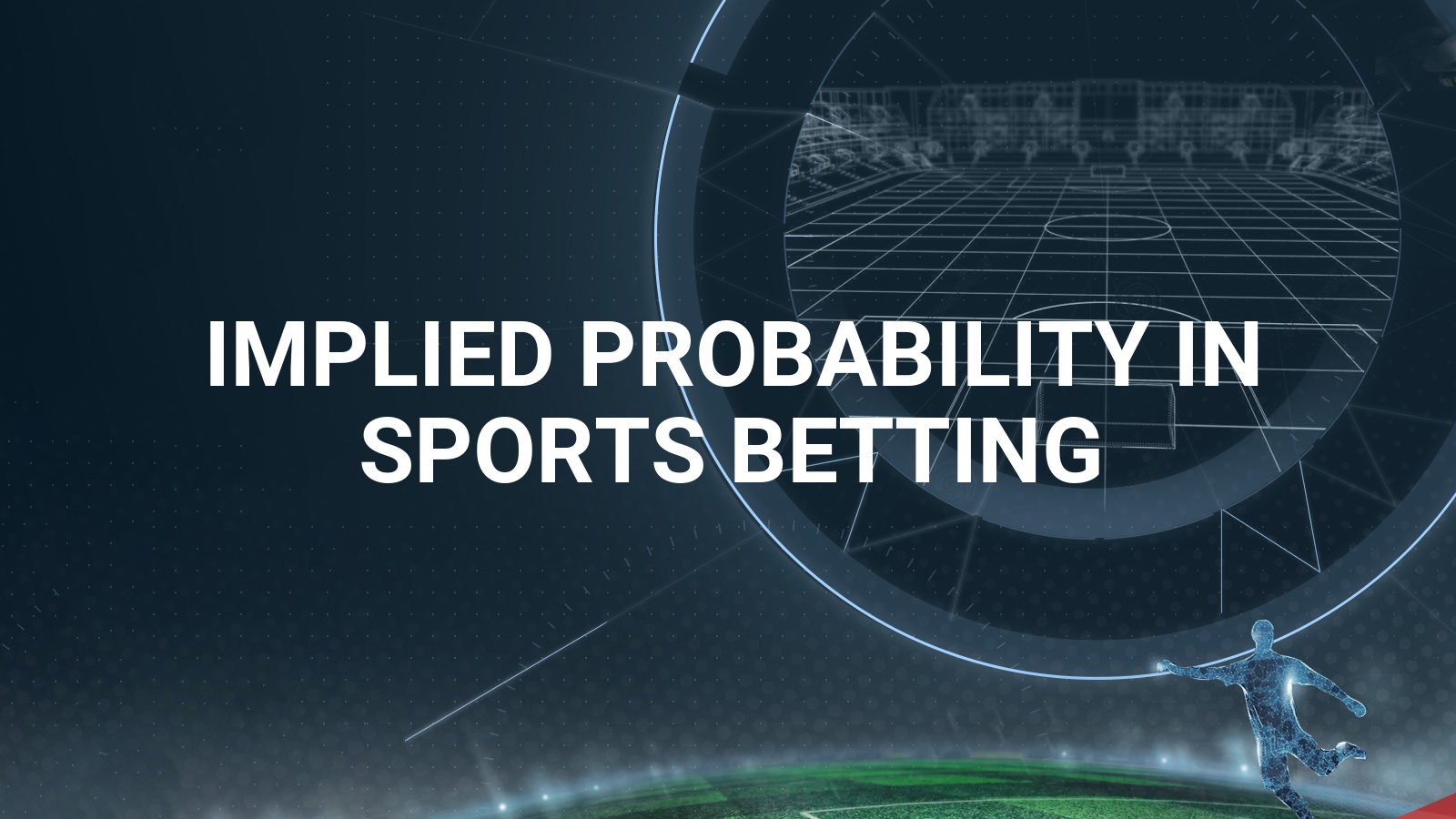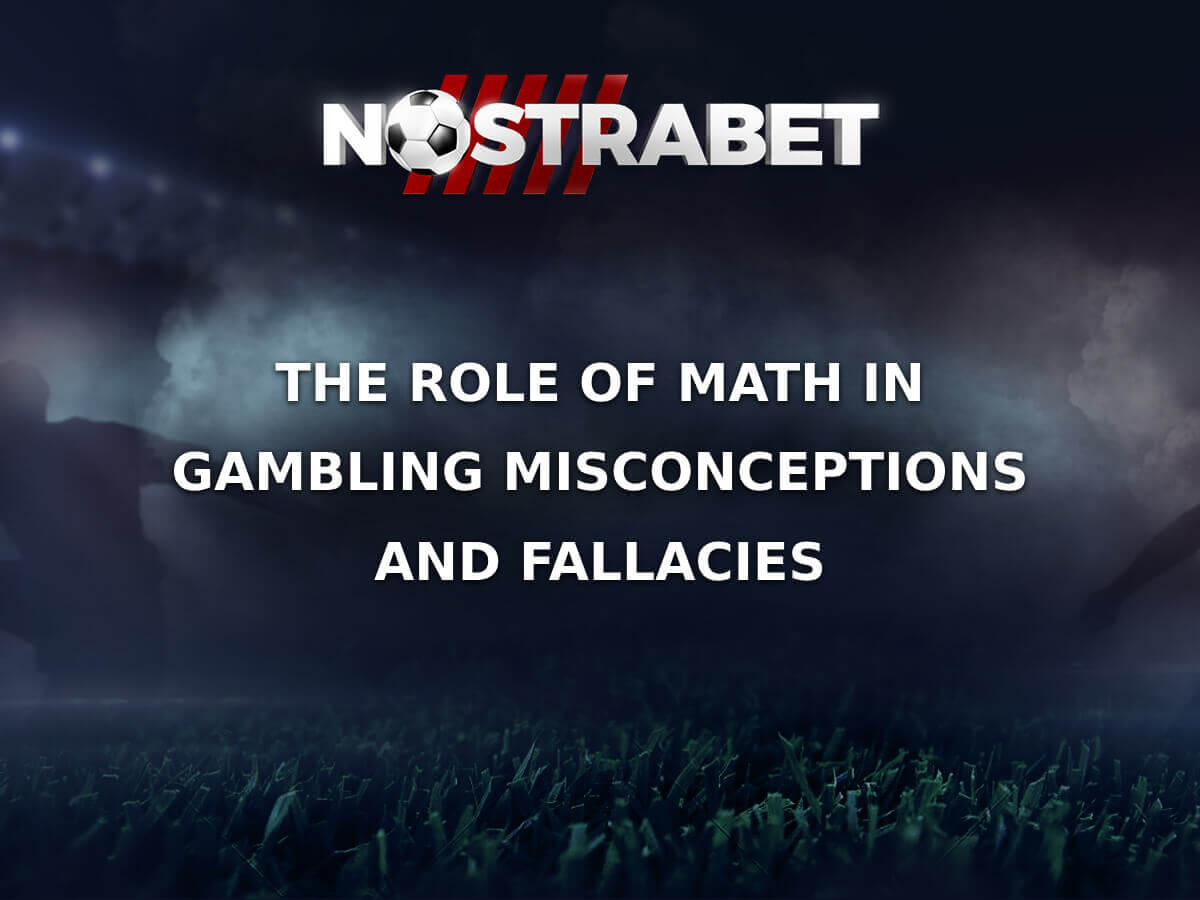In gambling, optimal play is based on mathematical theorems that, when applied, reflect an advantage for the player in the long run. This advantage can be expressed in terms of winning frequency, profit and loss, profit rate, or profit accumulation, depending on the particular optimal strategy used. It is known that not every game of chance allows optimal play. The most known type of optimal play is the expectation-based optimal strategy, whose aim is to minimize overall loss and maximize overall profit in the long run. Applying such a strategy assumes making at any moment that move that offers the highest expected value of your bet and is so popular in blackjack (but is also applicable in poker and other games).
In sports betting, a game where skills are actually prediction skills based on information from outside the bet itself, apparently, there is no optimal play applicable which to optimize the return. Yet, there is a mathematical result available, which optimizes theoretically a financial indicator called the expected growth rate of the bankroll. This result is called the Kelly criterion (or Kelly strategy).
In this article, we shall see what the Kelly criterion is, how it applies in sports betting, and what its strengths and weaknesses are.
Kelly Criterion formula
The Kelly criterion is expressed by a simple formula, applicable in general to a bet:
f = (bp – q)/b, where its terms are defined as follows:
- f is the optimal size of your bet (stake) as a percentage of your bankroll
- b is the net payout rate of the bet
- p is the probability of winning the bet
- q is the probability of losing the bet
The net payout rate b is the rate at your stake multiplied to obtain the net profit you make if you win the bet. In sports betting, b is expressed as the decimal odds of the bet minus 1 (For instance, for a bet with decimal odds 2.5, b = 2.5 – 1 = 1.5. In any casino game, payout odds of, say 3:1 gives b = 3 – 1 = 2).
The formula can also be written as f = p – q/b. Since q = 1 – p, we can also write it with fewer parameters: f = (bp + p – 1)/b = [p(b + 1) – 1]/b. Since b + 1 is actually the (gross) payout rate (denote it by o, from “odds”), the formula also writes as f = (po – 1)/b.
The Kelly formula returns the optimal size of your bet (f) given the other parameters (net payout rate and probabilities of winning and losing). But how should “optimal” be understood in this context? First, remember that the obtained size of the bet is not an amount but is relative to your current bankroll as a rate or percentage. Hence, there are no profit or loss amounts or any profit rates that are subject to optimization, but your bankroll itself. More precisely, it is the growth rate of your bankroll that is maximized in conditions of a positive expected value. In other words, the criterion applies to a profitable play to ensure the maximal growth rate of your bankroll or capital. To understand this interpretation more clearly, let’s see first what the mathematical context of the Kelly formula is and where it is applicable.
Mathematical context and applications
The Kelly formula was obtained within probability theory. It is a formula for sizing a bet with a positive expected value such that to meet the following requirement: The expected value of the logarithm of wealth (the cumulated value, as an additive function) is maximal – which is equivalent to the condition that the expected geometric growth rate is maximal. It assumes that the returns of the bet are known (in general, a bet possibly has a positive return even if lost, however less than the stake), and the probability of winning is computable.
Under the stated assumptions, the Kelly criterion provides higher wealth than any other strategy in the long run (theoretical overall return as the number of bets goes to infinity is maximal).
In its general form, the Kelly formula is written as f = (p/a) – (q/b), where a is the loss rate of the bet.
In gambling, lost bets have no return, so a = 100% = 1, and with that value, the formula reverts to its initial form that we have started with.
Yet there are domains where the loss of a bet (understood as an action under uncertainty) is not integral, and the most popular is investment management, including the stock market. Gambling and investment are actually the most important domains where the Kelly criterion applies (many experts actually equate gambling with risky investment). It provides the optimal sizing of the bet or investment with respect to the growth rate of the bankroll or capital.
Is the Kelly criterion applicable in sports betting?
First, you have to be aware that the Kelly criterion works only for bets with positive expectations. It is a kind of strategy applicable to “profitable” bets for making them more profitable with respect to your bankroll.
This is why you won’t see the Kelly strategy applied in casino games, where all bets as they are offered have negative expectations.
For example, take a column bet in European roulette. The parameters in the Kelly formula for this bet are b = 2; p = 12/37; q = 25/37. Replacing them in the formula, we get f = 12/37 – 25/(37 x 2) = – 1/74, which is a negative value indicating that no bet should be made. The reason that a negative value came out is the fact that the payout odds of this bet are lower than its true odds (which is equivalent to the bet having a negative expectation). Obviously, since a negative expectation means an overall loss in the long run, one’s bankroll cannot grow by placing that bet (or a similar one) continuously.
Is there any difference in sports betting? It surely is.
In sports betting, we don’t have precise probabilities for the outcomes of the games as we have for casino games. Payout odds are set up by the bookie based on their internal analysis and mainly reflect the bettors’ intentions statistically measured. However, the true odds – the mathematical probabilities attached to the outcomes of the events – cannot be computed within an adequate probability field just because there are too many deterministic factors that influence those outcomes, and such factors cannot be quantified such to be part of the required mathematical structure yielding a probability-function. However, bettors assign the outcomes a likelihood as a kind of subjective probability based on available information. Although it is not a mathematical probability, this likelihood is still a measure of the possibilities and can be used in evaluations and estimations as a substitute for ‘true odds’. Hence, for the bookie, the only odds are the payout odds offered, while for the informed bettors, there are also the estimated true odds that count for the decision to place a bet.
The process of estimating the true odds based on external information and analysis is also called handicapping in sports betting jargon.
Therefore, with true odds in the role of the probability of winning, we have all the ingredients in the Kelly formula for applying it to sports bets, as long as the true odds are higher than the payout odds. This latter condition may be satisfied for bets selected as a result of handicapping. In fact, sports betting is about picking “profitable” bets as a result of the bettor’s own analysis, in other words, bets whose evaluation differs from the bookie’s.
Note that implied probability, as defined, cannot stand as true odds. It is just another form of expressing the payout odds. Only the bettor’s subjective estimation of true odds can be in the role of probability p in Kelly’s formula.
Concrete application of Kelly criterion in sports betting
As discussed above, the Kelly criterion will provide a sizing of your bets evaluated with positive expectations for optimizing the growth rate of your bankroll. Once you have selected a bet for which you estimate a probability of winning higher than its payout odds, you can use the Kelly criterion for knowing the optimal stake for that bet by calculating f.
For parameter b, it is convenient to use the decimal format of the payout odds. If those odds are provided in American or British format, you have to convert them to the decimal format before employing them in the formula.
Implied probability, although it cannot be equated with true odds, is helpful for assessing whether your subjective probability is higher than the payout odds by comparing two percentages.
Let’s see now a few concrete examples of application.
A match Team A – Team B in Europe has 3.8 (decimal) odds for the victory of Team B.
You estimated a subjective probability of 35% for Team B to win.
First, we find the implied probability: 100 : 380 = 0.2631. The implied probability is 26.31% < 35%, so the bet has a positive expectation per your evaluation.
We have: b = 2.8; p = 35%; q = 65%
Now we apply the Kelly formula: f = p – q/b = 35% – 23.21% = 11.79%. The result indicates that you should bet 11.79% of your bankroll on that event.
A match Team A – Team B in the UK has 7/5 (fractional) odds for the victory of Team B.
You estimated a subjective probability of 45% for Team B to win.
Convert payout odds to decimal format: 12 : 5 = 2.4
The implied probability: 5 : 12 = 0.4166. The implied probability is 41.66% < 45%, so the bet has a positive expectation per your evaluation.
We have: b = 1.8; p = 45%; q = 55%
Applying the Kelly formula: f = p – q/b = 45% – 30.55% = 14.45%. The result indicates that you should bet 14.45% of your bankroll on that event.
A match Team A – Team B in the US has +250 (moneyline) odds for the victory of Team B.
You estimated a subjective probability of 35% for Team B to win.
Convert payout odds to decimal format: 350 : 100 = 3.5
The implied probability is 100 : 350 = 0.2857. The implied probability is 28.57% < 35%, so the bet has a positive expectation per your evaluation.
We have: b = 2.5; p = 35%; q = 65%
Applying the Kelly formula: f = p – q/b = 35% – 26% = 9%. The result indicates that you should bet 9% of your bankroll on that event.
Considering that a lot of you will find Kelly Criterion gambling risky, we know that some of you may want a different strategy. Our team has researched a lot and came up with a formula that can lower the risk factor. We call them Half Kelly Criterion and Quarter Kelly Criterion.
As their name implies, the first option will require you to divide the bet size by 2, whereas the other has to be divided by 4. Feel free to try these alternatives on every bet if you feel like the pure form of Kelly Criterion gambling is not for you.
Pros and Cons
Even though most people feel that there are hardly any cons to the Kelly Criterion betting system, we disagree. Like anything else, this system has many advantages and disadvantages.- Pros
- A different betting strategy that you can use to get the most while betting
- When executed correctly and if you are lucky, you can increase your bankroll a lot
- The system is pretty popular among experienced bettors
- Cons
- It is a bit complicated and will require more time to learn
- Sometimes, you have to use a lot of your available funds
Are there any Kelly Criterion Alternatives?
Even though this is a pretty popular betting system, you can find a lot of alternatives that are also worth trying. For example, the Martingale Betting system is very popular among players and it’s much easier to follow. If you choose it, you have to double your bet after each loss, and after you win, you have to return to your default bet (the amount you started wagering with).
Another interesting alternative is the so-called Paroli betting system. People who choose this option must increase their bet after every win and return to the original bet amount after placing three bets.
There are many other alternatives you can choose from, and each one has its perks and downsides. Regardless of what you choose, we recommend learning more about it.
Effectiveness of the Kelly strategy
In assessing the effectiveness of the Kelly strategy in real betting, we should never forget that it is an expectation-based strategy, and as such, it works like a statistical average over the long run. This means that by using the Kelly strategy, your bankroll will not always grow at the best possible rate – it will sometimes grow faster and sometimes lower, and sometimes will decrease, as losses always occur. The Kelly strategy ensures the optimal growth rate, theoretically, at infinity. To attain the effectiveness of this strategy, you have to stick with the criterion in regard to both its application and the patience of a long–run betting of the same kind. This assumes selecting only those bets that meet the condition of an estimated positive expectation and not wasting your bankroll on other kinds of bets, which looks like stealing from the joy and freedom of betting.
The Kelly strategy is not for those chasing surprises, big odds, and short-term big wins. It is a relatively safe defensive strategy, far safer than progressive betting in martingale style. It suits those bettors focused on building bankrolls by a safe, conservative play. However, it carries its own risks – since staking is in terms of percentages of bankroll and not amounts, a long losing streak may deplete a bankroll. This risk can be diminished by choosing bets with a higher probability of winning at the cost of lower payouts.
Finally, handicapping plays an essential role in the Kelly strategy. The application itself and its results depend on the accuracy of your assessment of the true odds. Therefore, your handicapping skills will actually make or break your Kelly betting success.
The Kelly criterion measures the chances of your bet winning relative to payout odds to determine an optimal wager size for your bankroll to grow at a maximal rate. Like any optimal strategy, it is mathematically proven true. In the real world of betting (where the ‘long run’ is not as long as the “mathematical long run”), the actual results and effectiveness of this strategy are relative not only to the uncertainty factor but also to the human factor, which is related to subjective estimations and betting behavior.







